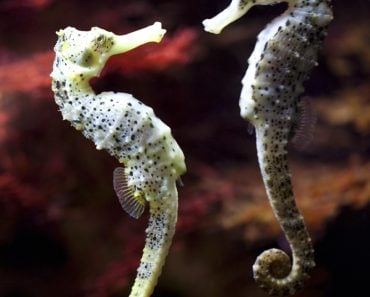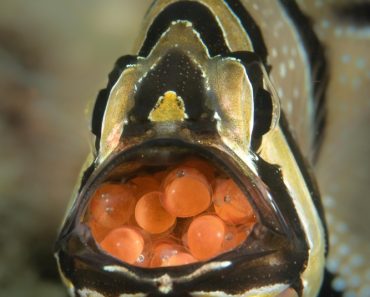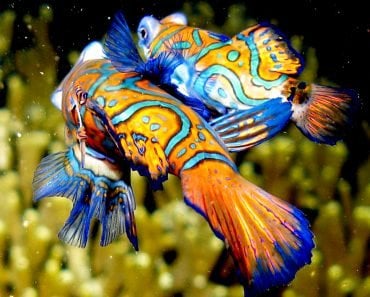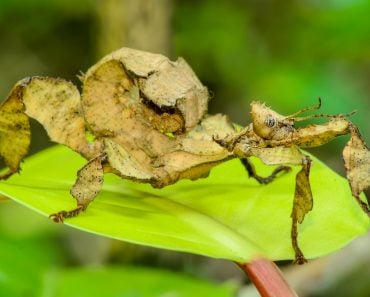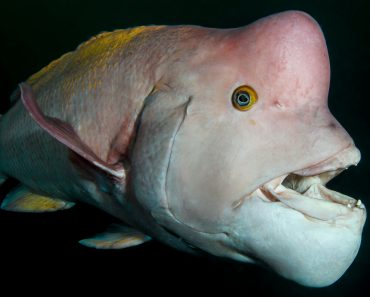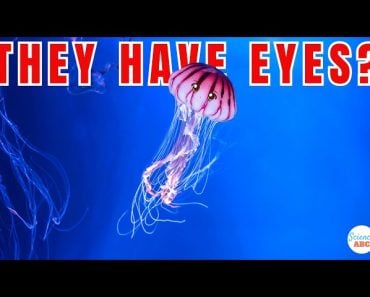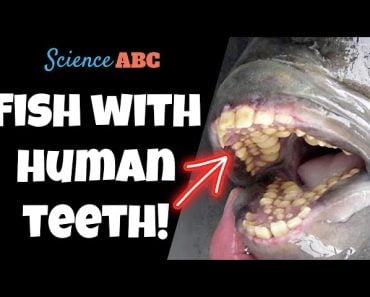Table of Contents (click to expand)
The eggs of some sharks are made different. Instead of what one associates with eggs, the embryos are in pouches or sacs. Different species of sharks have different strategies when it comes to their eggs. The odd shape of the egg cases have functions such as attaching the egg to seaweed, between rocks or in the sea bed, and protecting the baby shark from danger.
There are about 500 species of sharks around the world that show an astounding diversity in their reproductive strategies. They can reproduce sexually by laying eggs or giving birth to a live baby, while other sharks display the rare form of reproduction known as virgin birth (parthenogenesis).
A shark’s egg is no ordinary egg. Usually, when referring to an egg, we think of an oval-shaped object laid by female birds or reptiles that may contain a developing embryo. But sharks lay an unusual-looking “egg” in the ocean. Some look like a mermaid’s purse, while others resemble a spiral conch shell.
Apart from being an aesthetic shape, the eggs’ peculiar shape has a functional role.
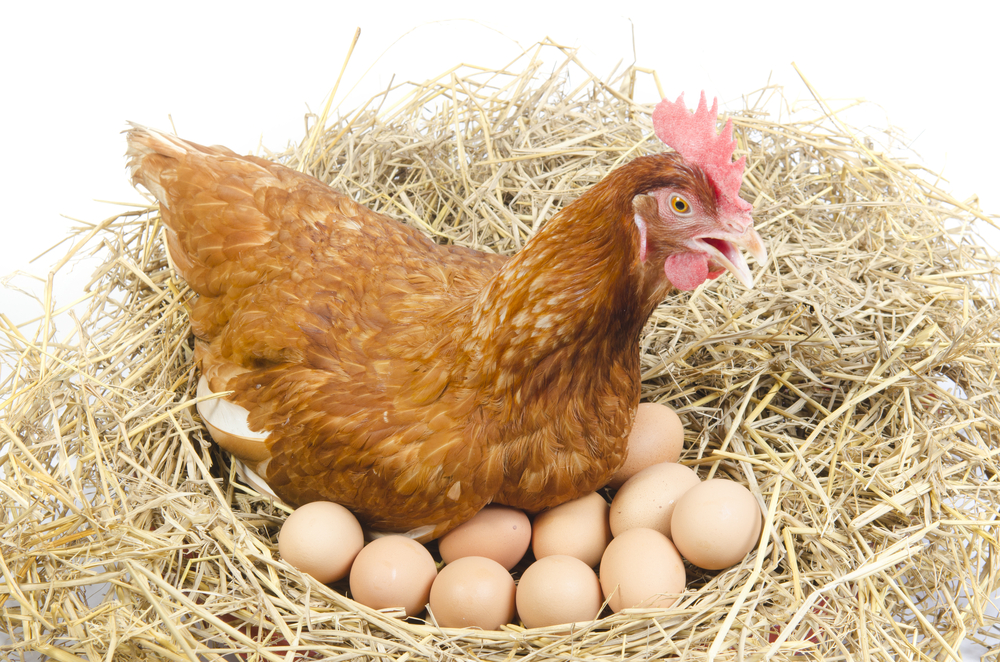
Recommended Video for you:
How Do Sharks Reproduce?
All sharks display internal fertilization, wherein the sperm fertilizes the egg inside the female shark. The male shark has two scroll-shaped copulatory organs called claspers that release sperm into the female shark. The clasper muscles use seawater to pump sperm into the female body.
Sharks reproduce either by oviparity, viviparity, or ovoviviparity. Animals that lay eggs that mature and hatch outside the body are oviparous. Viviparous animals give birth to live animals that have matured within the female womb. Ovoviviparous animals give birth to live young, but those young develop inside eggs, which remain inside the mother. Most sharks are viviparous, and around 30% are oviparous.
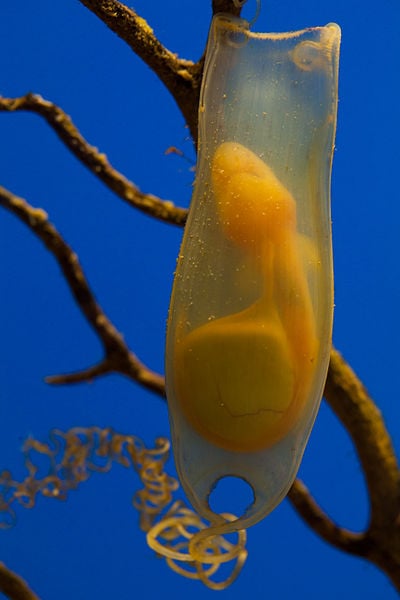
What makes shark eggs fascinating are the peculiar coverings on the eggs. For example, the catshark embryo grows inside a long, pouch-like egg. Other oviparous shark species with strange-looking eggs include bamboo sharks, zebra sharks, and bullhead sharks.
How Is The Egg Capsule Formed?
First, the egg is released into the oviduct and goes to the gland where the shark stores the sperm. Here, the egg gets fertilized, and development begins. At this time, the egg case also begins developing. Glands in the shark’s reproductive ducts coat the egg with secretions of albumin and collagen.
The collagen forms the outer leathery-appearing case of the egg. That and other proteins in the egg case are arranged in layers that form nanoribbons. This hierarchical organization of the egg case makes it permeable to water and minerals from its surroundings while also being tough enough to protect the developing shark within.
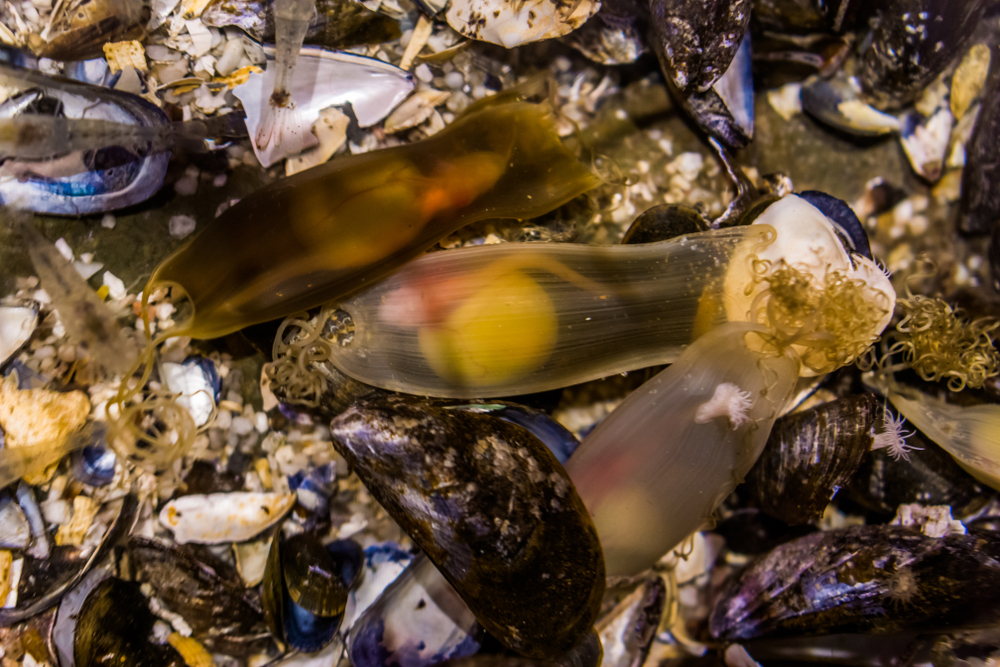
As the shell forms, it expands in size. The incoming egg is continuously coated with proteins as the egg moves along. The production of the egg case finally stops when the egg moves down the oviduct.
The color and opacity of the egg case depend on the egg’s age. A newly laid egg case is transparent, with a light olive-brown shade. As it ages, the case becomes more opaque, and its color darkens. The maturing egg case also becomes tough and more resilient.
What Is A Mermaid’s Purse?
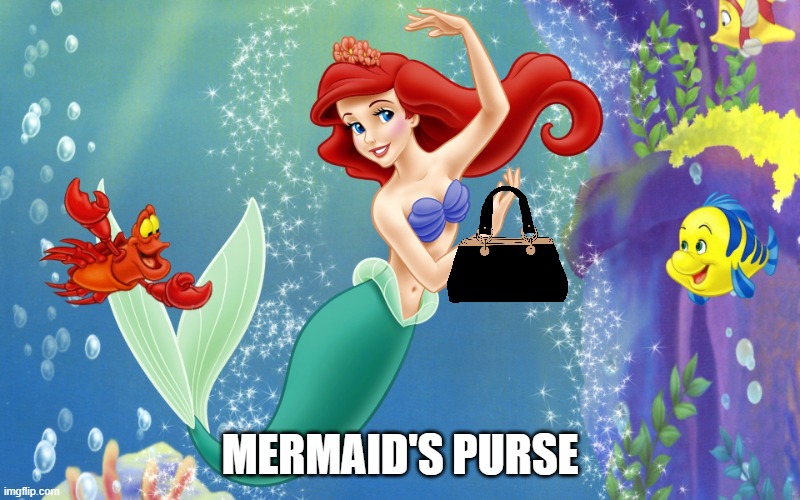
Technically, that image is of a “mermaid’s purse,” but that’s not the purse I’m talking about.
Mermaid’s purse is a nickname for the egg cases of certain shark species, like the swell shark, carpet shark, and angel shark. They are leather-like protective purses that contain a fertilized egg.
A mermaid’s purse also contains a yolk sac that nourishes the fetus. Usually, the egg capsule contains a single embryo.
The mermaid’s purse is sealed from all sides but has four openings that allow the young shark to breathe. These openings are known as respiratory slits. Some have long tendrils attached to them. The tendrils attach the pouch to algae and seaweed, which prevents the egg from washing away.
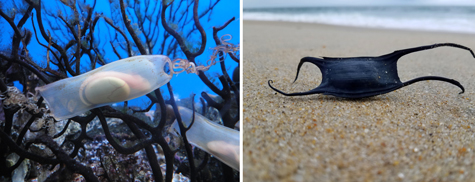
A few shark species have egg cases with a horn-like structure on each side. Because of this, such egg cases are sometimes called a ‘devil’s purse’.
What Is A Spiral Egg?
Bullhead sharks and horn sharks have an auger-like egg case. It is conical with spiral ridges and curly tendrils. Horn sharks can release six or more eggs into the water at the same time.
The egg cases are heavy and slowly sink to the bottom of the ocean.
The mother then carries the egg in her mouth and screws the egg into the crevices of rocks to secure it well. They also have tendrils to provide additional support for the egg.
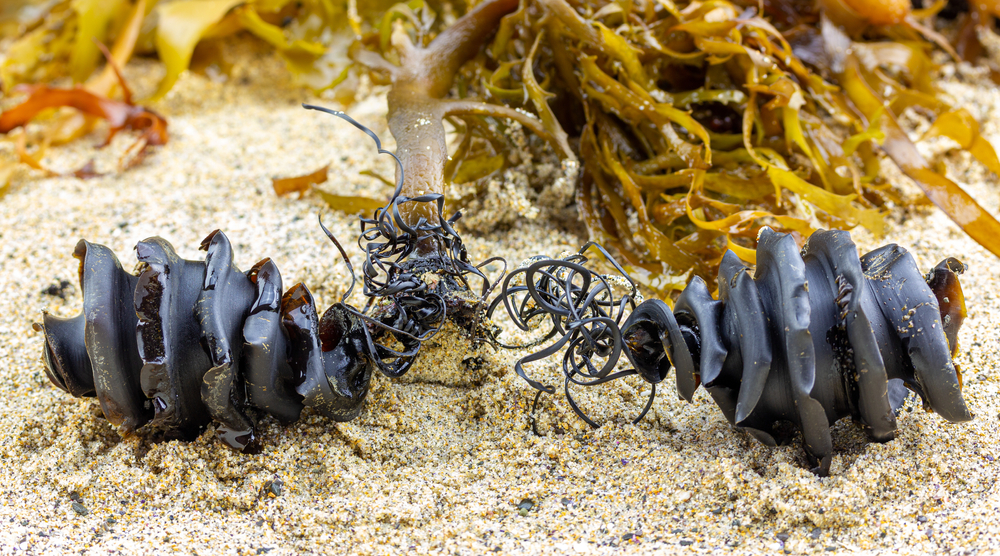
Unlike other animals, horn sharks don’t look after their eggs. They take off soon after laying the eggs, leaving the pups to fend for themselves. As a motherly gesture, however, they do provide the growing fetus with a lunch box. The egg case contains a yolk sac that provides nutrients to the developing embryo.
Other Elaborate Shark Eggs
The Australian Swell shark (or draughtboard shark) has extremely eye-catching eggs. They have a flask-shaped, orange-yellow egg case with 19-27 transverse ridges and tendrils.
Other shark eggs look like fancy artifacts; the Australian ghost shark’s egg case is initially golden yellow, but the capsule turns black as the egg matures and nears hatching.
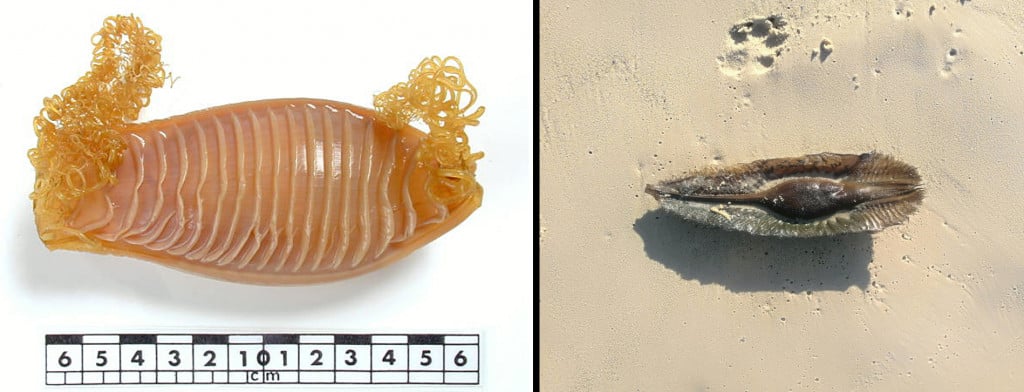
Conclusion
Survival in the wild ocean can be daunting for shark pups. Thus, they need to protect themselves from predatory attacks.
Some embryonic sharks, such as the bamboo shark, can protect themselves from predators. As they grow in the mermaid’s purse, the bottom edge weakens and opens the case. This can be dangerous, as predators passing by may get a whiff of the baby shark. Fortunately, the pup develops the ability to sense the electric fields of a predator. They cease their respiratory gill movements and freeze when they feel a threat approaching, effectively saving themselves from danger.
References (click to expand)
- Kempster, R. M., Hart, N. S., & Collin, S. P. (2013, January 9). Survival of the Stillest: Predator Avoidance in Shark Embryos. (A. Iwaniuk, Ed.), PLoS ONE. Public Library of Science (PLoS).
- Kenyon, K. E. (2021). Rotating Translating Cones. Natural Science. Scientific Research Publishing, Inc.
- KRISHNAN, G. (1959, October). Histochemical Studies On The Nature And Formation Of Egg Capsules Of The Shark Chiloscyllium Griseum. The Biological Bulletin. University of Chicago Press.
- https://open.library.ubc.ca/media/download/pdf/831/1.0102156/1
- Shark Biology – Discover Fishes - Florida Museum.
- Do sharks lay eggs?.
- The weird world of shark eggs.
- Goh, R., Danielsen, S. P. O., Schaible, E., McMeeking, R. M., & Waite, J. H. (2021, September 29). Nanolatticed Architecture Mitigates Damage in Shark Egg Cases. Nano Letters. American Chemical Society (ACS).
- Reproductive Biology and Phylogeny of Chondrichthyes: Sharks, Batoids, and Chimaeras, Volume 3. (2011). Ukraine: CRC Press.

